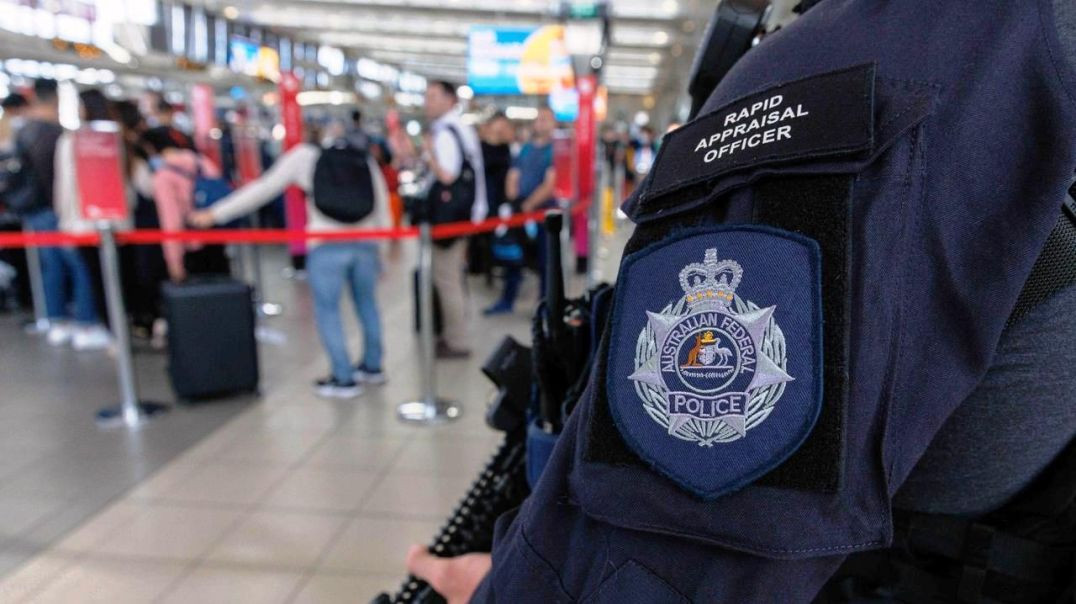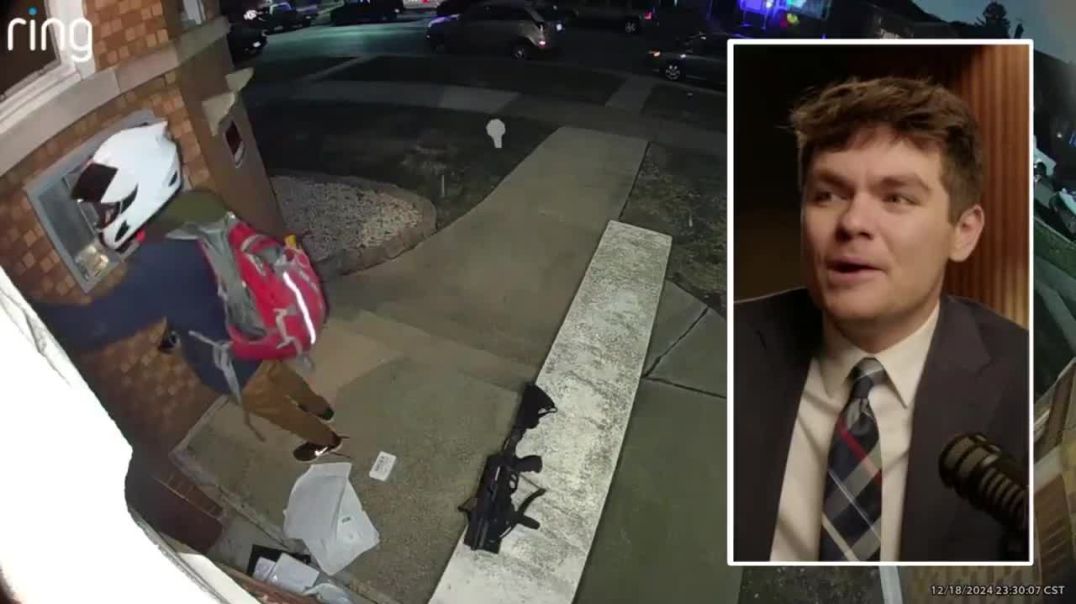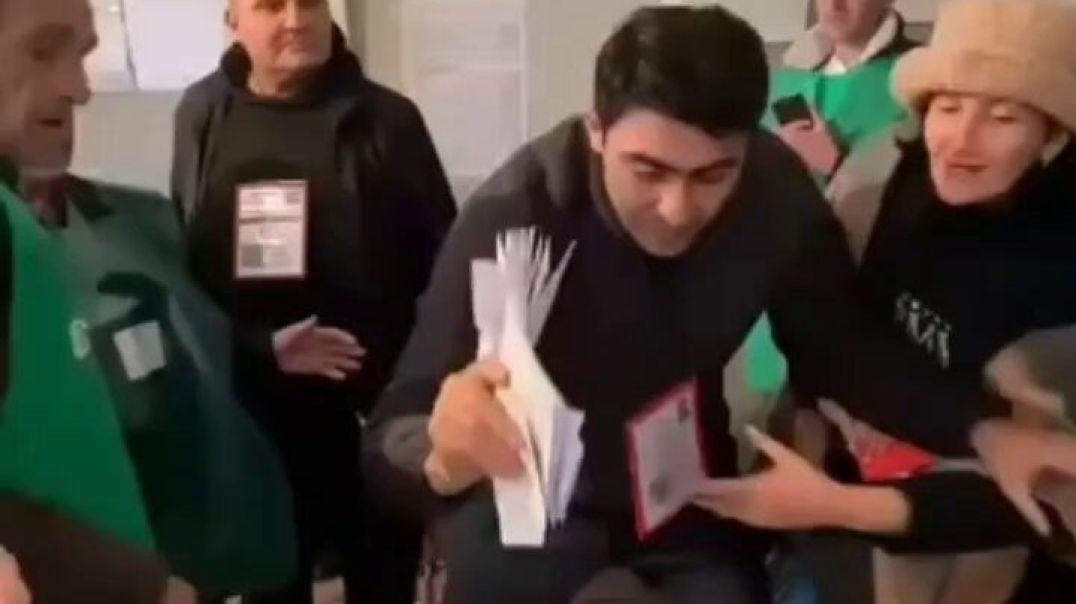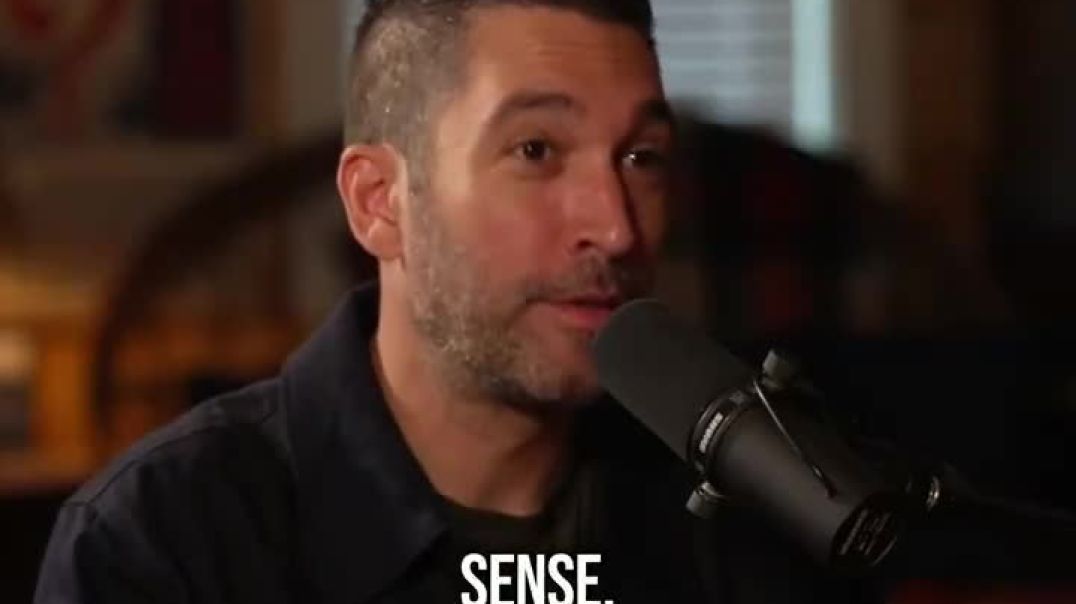Please donate now to help fund our work
- Film & Animation
- Music
- Pets & Animals
- Sports
- Travel & Events
- Gaming
- People & Blogs
- Comedy
- Entertainment
- News & Politics
- How-to & Style
- Non-profits & Activism
- McIntyre Report
- Jamie McIntyre uncensored
- RAW Report
- Candace Owens
- Steve Kirsch
- Tucker
- Bongino
- Elon musks
- Alan Jones Australia
- RT News
- Wayne Crouch Show
- Other
The Leo Frank Case: Chapter 11 Of 22 - Inside Story of Georgia's Greatest Murder Mystery
Frank's defense alleges that Conley graduated from a third degree school and that the detectives were instructors. On May 27, Mr. Conley issued another affidavit in which he admitted to writing the memo, but added that he went to the factory on Saturday afternoon and found Mr. Frank there. He also added that he helped dispose of the bodies the next day. Chief Ranford decided to release the black man's third affidavit. On April 26, 1913, Conley returned to the pencil factory with Mr. Frank and asked him if he wanted to make money. The narrator is asked to pick up a dead girl from the men's restroom and bring her up to the elevator. They bind her with a cloth and take her to her changing room. Mr. Frank helps them back to the sawdust pile, and Mr. Frank looks at the trapdoor to see if anyone is coming. The narrator then unties the cloth and puts it back on the stove. Frank stood by the trap door and asked the narrator to take him to the basement changing room. The narrator puts her face down and drags her into the basement changing room. Mr. Frank then joins the narrator in the back of the elevator and staggers. The narrator then turned off the engine and waited for Mr. Frank to come from there and wash his hands. They then enter the office and Mr. Frank locks the narrator in a closet for seven or eight minutes. Mr. Frank then took out a cigarette and asked the narrator if he wanted to smoke.
The most important detail of this text is that the narrator, James Conley, was handed a box of matches and cigarettes by Mr. Frank. He then asked the narrator to write a few lines on a white paper notepad. Mr. Frank then told the narrator to shut up and make things right. He then presented the narrator with his $200 dollars, but the narrator made no attempt to bring it out to the guards. The narrator decides to tell the truth about the matter, and Mr. Frank promises to return the report on Monday if he survives and nothing happens. The document's most important detail is the events surrounding the arrest of a notary public in Fulton County, Georgia. On Friday afternoons, Frank instructed Conley to meet near Montague Brothers, and Conley went there each day to enter the factory to do additional work. By noon, Conley was escorted to the pencil factory by six detectives in the presence of several newspaper reporters and several factory workers. He was then taken to the superintendent's office, where he wrote his dictated notes. When Secretary Ranford asked Negro whether he had been abused during his stay at headquarters, he said no. Conley was not taken back from the factory to police headquarters, but to the county jail known as The Tower, where the sheriff was in command and the police and detectives had no authority. Attorney William Smith, who was initially hired by the newspaper to represent the blacks, obtained court approval to bring the blacks back to police headquarters. Black claimed through his lawyer that Frank's friends frequently walked past his cell, beat him, accused him of lying, and even threatened his life at gunpoint. After Connolly was escorted back to the police building, the Attorney General made strident remarks about the public focus on the black man's testimony and urged detectives to keep all visitors out of his cell. An order was issued barring entry into the cell except for town detectives, including Harry Scott, aka Pinkerton, who admitted to submitting all development reports to his employer, the National Pencil Company. From then on, the public never heard of Jim Conley until he appeared in court as a witness, and until he began adding new flair by answering lawyers' questions in court, Jim Conley was the third. It was widely believed that he was obsessed with stories.



















